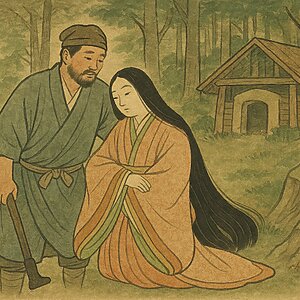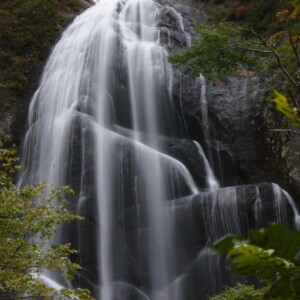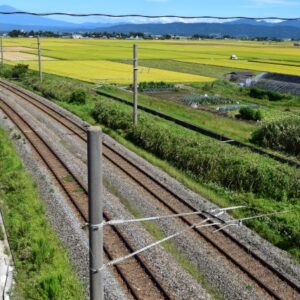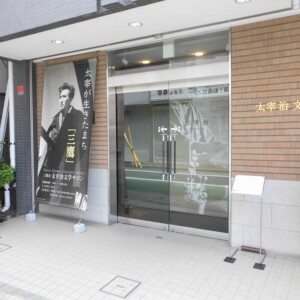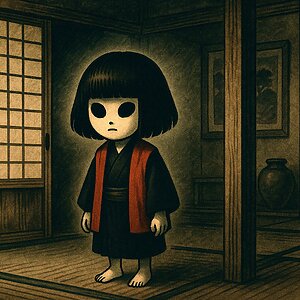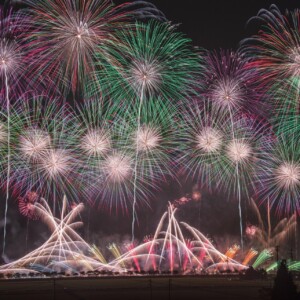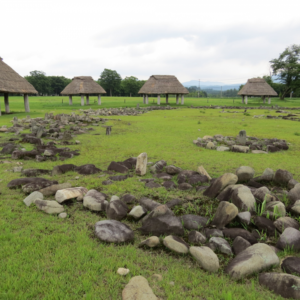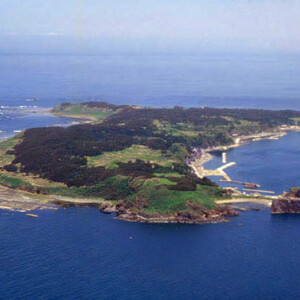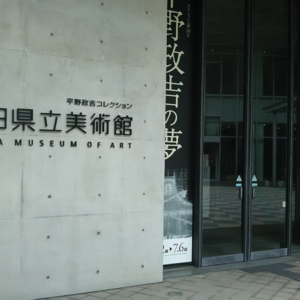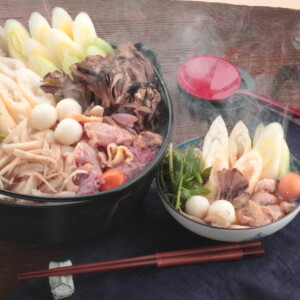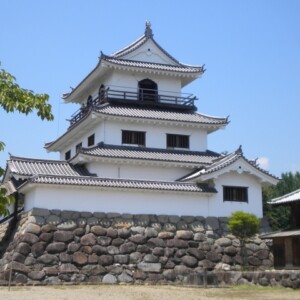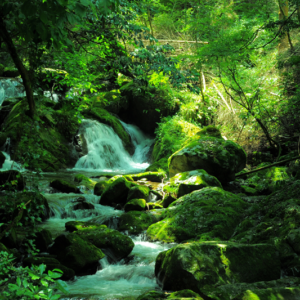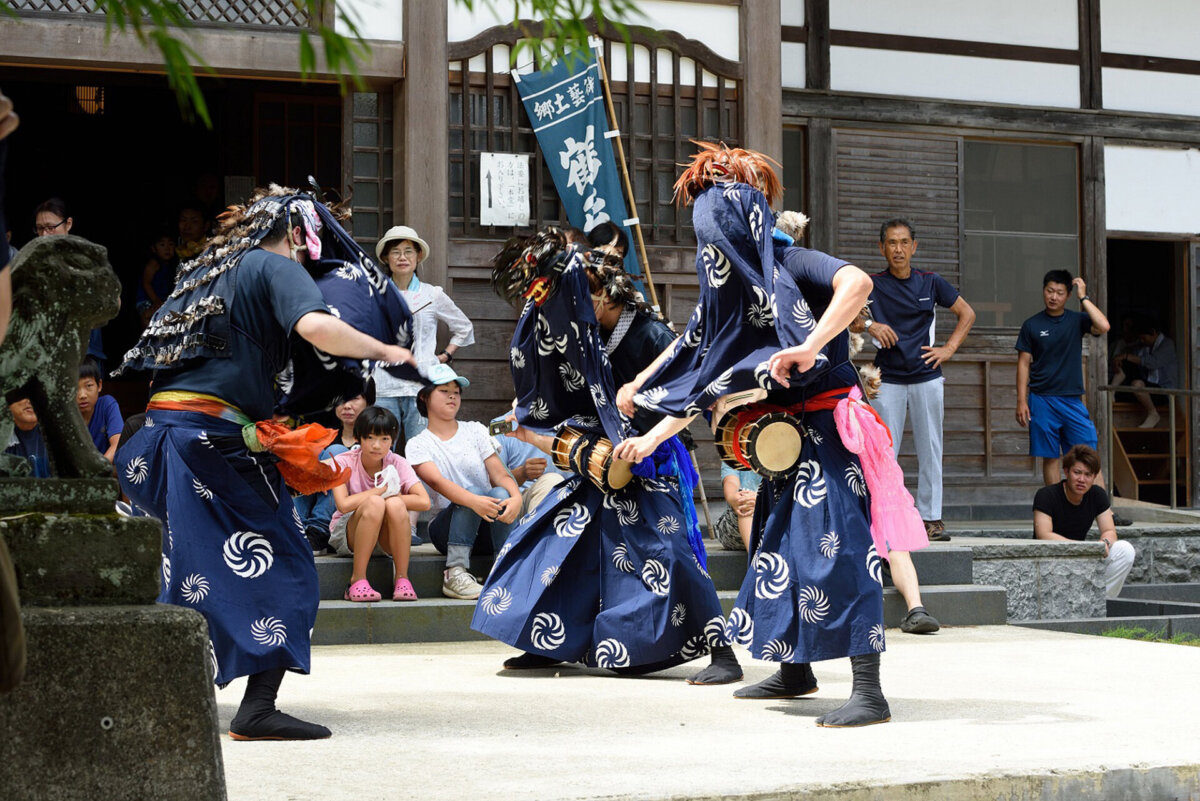
[Akita's Sasara Dance: Part 2] Is the Sasara Dance the beginning of a comforting Lord Satake, who is disappointed?
table of contents
- 1 "Sasara Dance" and "Lion Dance" are performed in more than 60 villages in Akita Prefecture.
- 2 On the way from his hometown to Akita, the vassals performed "Sasara Dance" to cheer up the disappointing lord.
- 3 Ibaraki prefecture still retains the "sasara," which is thought to be the root of Akita Prefecture's "sasara dance."
- 4 "Changzhou Shimo-Go-Subaraku" is said to have been shown to residents for the first time in Akita.
- 5 Akita Prefecture also had a "Sasara Dance" that uses the musical instrument "Sasara".
- 6 The instrument "Sasara" in Ibaraki Prefecture was not used either.
- 7 The "Sasara Lion Dance" is passed down throughout the metropolitan area
- 8 Akita's Sasara Dance (Part 1 and 2)
Many folk performing arts and traditional events have been handed down in Akita Prefecture. "Sasara Dance" (or "Sasara") is one of them, and has been handed down throughout Akita, mainly in the Kitaakita region (in this article, we will refer to it as "Sasara Dance" except in special cases).
"Sasara Dance" and "Lion Dance" are performed in more than 60 villages in Akita Prefecture.
The "Sasara Odori" was previously danced in more than 100 villages in Akita Prefecture, but in a survey conducted by the International University of Liberal Arts Regional Environmental Research Center in 2013 (Heisei 25) as a comprehensive project to revitalize local traditional culture by the Agency for Cultural Affairs, nearly 60 "Sasara Odori" and "Lion Odori", which is thought to be the prototype of the "Sasara Odori" and "Sasara Odori." (Unfortunately, six more locations were suspended in a re-inspection in 2021 (Reiwa 3).
In "Sasara Odori 1", we have summarized the history of "lion dance," which is said to be the prototype of "Sasara Odori," and the etymology of "Sasara," but here we will look into the "Sasara Odori" before and after it was introduced to Akita Prefecture.
Information
- "Sasara Dance" and "Lion Dance" have been confirmed in Akita Prefecture [Akita Entertainment Archives (2013)]
- URL: Sasara Koma Odori
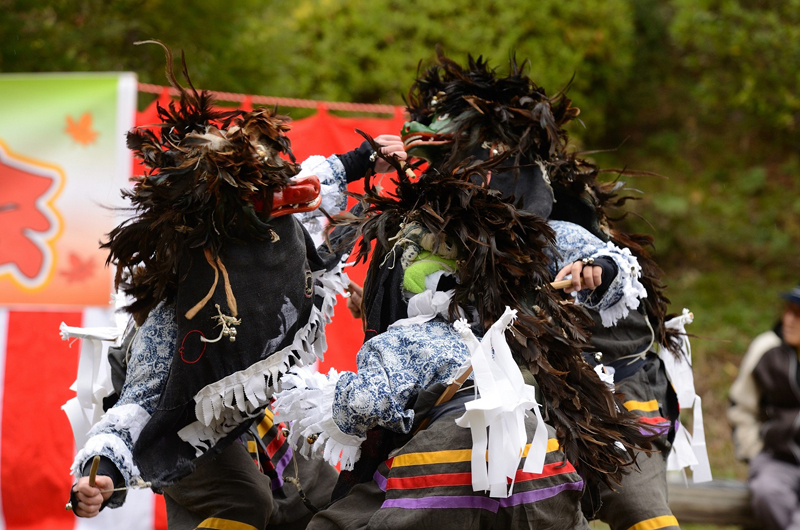
On the way from his hometown to Akita, the vassals performed "Sasara Dance" to cheer up the disappointing lord.
There are various theories about the time when the "Lion Dance" was introduced to Akita Prefecture, such as the Kamakura period and the early Edo period, but the "Sasara Dance" is unified into a certain legend. This legend involves the transfer of the Satake clan from Hitachi Province (Hitachikuni/Ibaraki Prefecture) to Akita (Tenpou/National change).
After Tokugawa Ieyasu took over the country, he forced local daimyos who had rebelled against Tokugawa to land far from Edo, one of which was the Satake clan, a daimyo of Hitachi Province. In 1602, Satake Yoshinobu (1570-1633, the first lord of the Kubota domain), the 19th head of the Satake family, set out on his journey from his hometown of Hitachi Province to Akita, a rural town far from Edo, with his clan-glory party. The vassals played the role of "Sasara" that was passed down in Hitachi, in an attempt to comfort the head of the family, who was dejected and uneasy.
Ibaraki prefecture still retains the "sasara," which is thought to be the root of Akita Prefecture's "sasara dance."
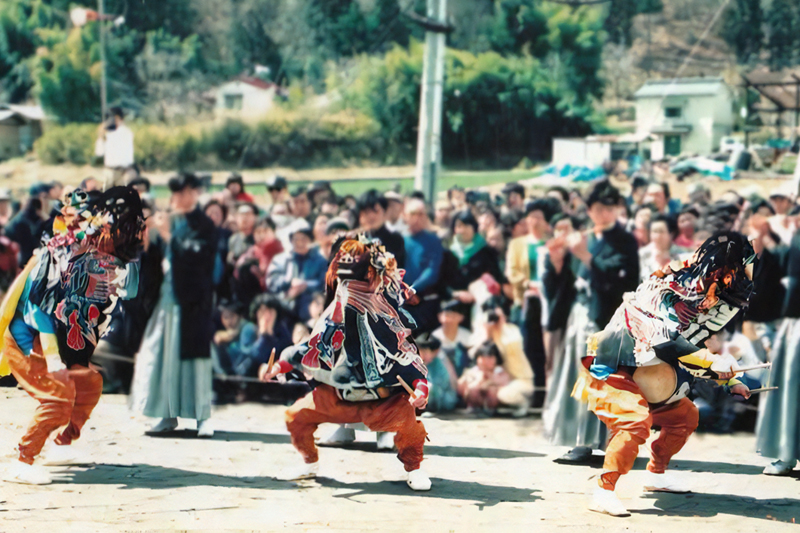
Even today, Ibaraki Prefecture has passed down the "Sasara of Asakawa" (Ogo Town = Daigomachi/Ibaraki Prefecture designated intangible folk cultural property), "Sasara of Hanazono" (Kitaibaraki City/Kitaibaraki City designated intangible folk cultural property), "Sasara of Hitachi City" (Hitaibaraki City/Hitachi City Intangible folk cultural property), and "Sasara of Okushi" (Mito City/Ibaraki Prefecture Intangible folk cultural property), and are being performed as annual events. This Ibaraki Prefecture's "Sasara" is a brave three-season lion dance that is almost the same as the "Sasara Dance" in Akita Prefecture, and it has become a standard theory that the roots of Akita Prefecture's "Sasara" are undoubtedly the "Sasara" in Ibaraki Prefecture.
"Changzhou Shimo-Go-Subaraku" is said to have been shown to residents for the first time in Akita.
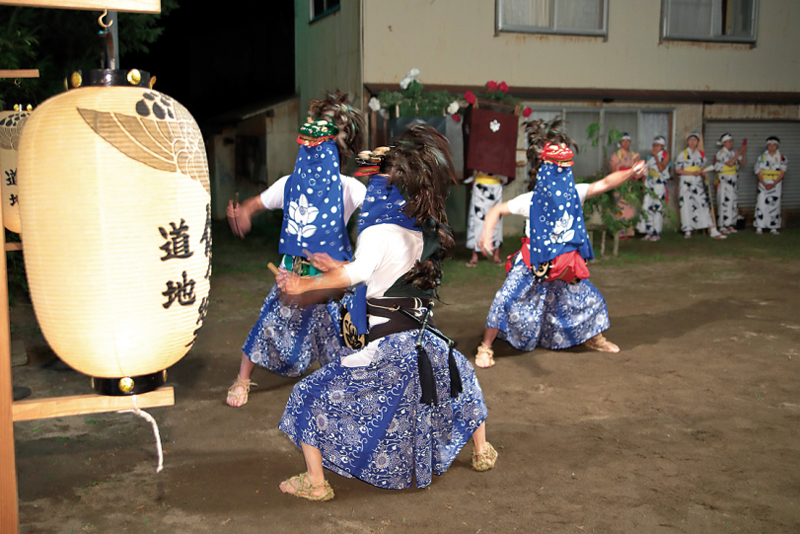
Sasara was brought to Akita with the Satake family and his group, but the first thing that Kubota Domain's Ashigaru showed off to the residents was the " Joshukudarou Ontomo Sasara Noshiroshio-shi Ogidadoji, Noshiro City . It seems that it traveled east along the Ushu Kaido road, built along the Yoneshiro River, and is now widely danced in the Kitaakita region.
It seems that "Changzhou Shimo-Go-Sasaraku" was initially called the "Changzhou Shimo-Go-Go-Go-Go-Go-Go-Go-Go-Go-Go-Go-Go-Go-Go-Go-Go-Go-Go-Go-Go-Go-Go-Go-Go-Go-Go-Go-Go-Go-Go-Go-Go-Go-Go-Go-Go-Go-Go-Go-Go-Go-Go-Go-Go-Go-Go-Go-Go-Go-Go-Go-Go-Go-Go-Go-Go-Go-Go-Go-Go-Go-Go-Go-Go-Go-Go-Go-Go-Go-Go-Go-Go-Go-Go-Go-Go-Go-Go-Go-Go-Go-Go-Go-Go-Go-Go-Go-Go-Go-Go-Go-Go-Go-Go-Go-Go-Go-Go-Go-Go-Go-Go-Go-Go-Go-Go-Go-Go-Go-Go-Go-Go- However, at some point it was called "Sasara". However, it is not clear why it came to be called "sasara".
Sasara has generally been used since ancient times in kagura and lion dances, but the instrument "Sasara" is not used in "Changzhou Shimogoku Sasaraku". Not only in the "Changzhou Shimogoku Sasaraku", but also in many of the "Sasara Dance" that remains in Akita Prefecture, there is no sasara. So why did it come to be called "sasara" is said to be because the sound of the costume worn by the three lions, the main character, can be heard as "sasara".
Akita Prefecture also had a "Sasara Dance" that uses the musical instrument "Sasara".

However, among the many "Sasara Dances," some of the "Sasara Dances" that have been handed down in Kakunodate and Lake Tazawa (Senboku City), which are far from the villages along the Yoneshiro River, are "Sasara Dances" which use the musical instrument "Sasara" such as "Shiraiwa Sasara". The one used is a "Sasara" called "Binzasara" that connects short cut bamboo to make a sound. Three lions dance bravely, and a clown enters, making fun of it with light-hearted movements that sound like a teasing of "Binzasara".
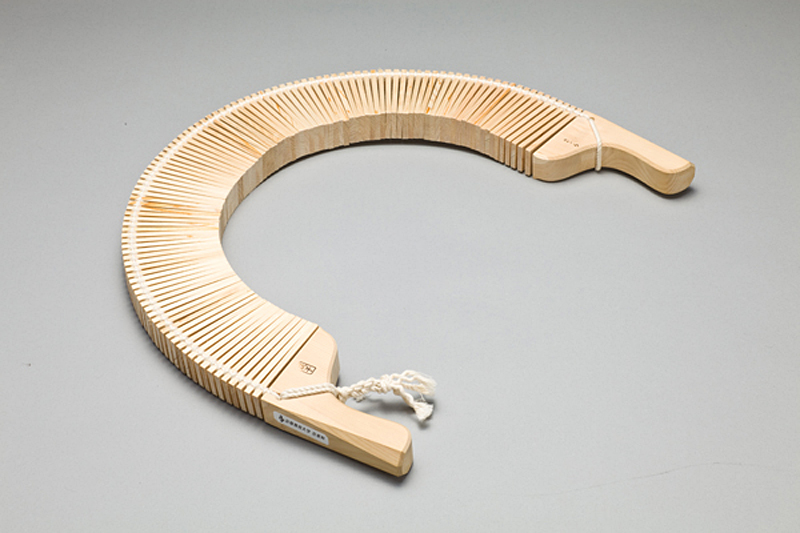
© Kyoto University of Education "All-you-go tools"
The instrument "Sasara" in Ibaraki Prefecture was not used either.
Kakunodate is quite far from the Kitaakita region, so it may be thought to be a "Sasara Dance" in a different line from "Changzhou Shimogoku Sasaraku", but there is a tradition that the "Sasara Dance" in the Kakunodate region was also passed down from the Satake clan's Akita route. Why did the "Sasara Dance" convey the different "Sasara Dance" despite their roots being the same? So I thought that there might have been two forms of "sasara" in Ibaraki Prefecture, which was the source of the "sasara dance," so I asked Ibaraki Prefecture, and they said, "The "sasara" that is passed down in Ibaraki Prefecture does not use the musical instrument "sasara". There is no record of the use of "sasara" in the past." In other words, the instrument "Sasara Dance" performed to the Lord of Satake was not used. In Ibaraki Prefecture, the Three-Lion Dance was named "Sasara" because it shows the sound of the Three-Lion Dance clothes slipping. So why is "Binzasara" used in the "Sasara dance" in the Kakunodate region?
The current situation is that there is no clear document or anything about this mystery, and it is not clear. However, the "Sasara Lion Dance" that could be useful in solving this mystery remains mainly in the Kanto region.
The "Sasara Lion Dance" is passed down throughout the metropolitan area
Akita Prefecture's "Sasara Dance" is based on the traditional performing arts from Ibaraki Prefecture, the hometown of Satake Lord, but the lion dance, which is similar to the "Sasara Dance", is centered around the three lions, and remains widely in all parts of the metropolitan area, including Yamanashi Prefecture, and Fukushima Prefecture. Most of these are called "Sasara Lion Dance" or simply "Lion Dance."

The Sasara Lion Dance (Yamanashi Prefecture designated intangible folk cultural property), passed down in the Okutama region (Okutama Town, Tokyo, Tabayama Village, Yamanashi Prefecture = Tabayamamura), is a lion dance that has been performed at shrine festivals since the Edo period, and like the Sasara Dance, it focuses on the heroic dance of three lions. In the "Sasara Dance Lion Dance" in the Okutama region, the instrument "Sasara" plays an important role. Four performers wearing flower hats that add color to the dance of three lions thrust the sarcas in their hands. However, unlike the "Binzasara" in Kakunodate's "Sasara Dance", it is a "Surisasara" (Bon Sasara) that produces a sound by grinding two sticks together and meetings.
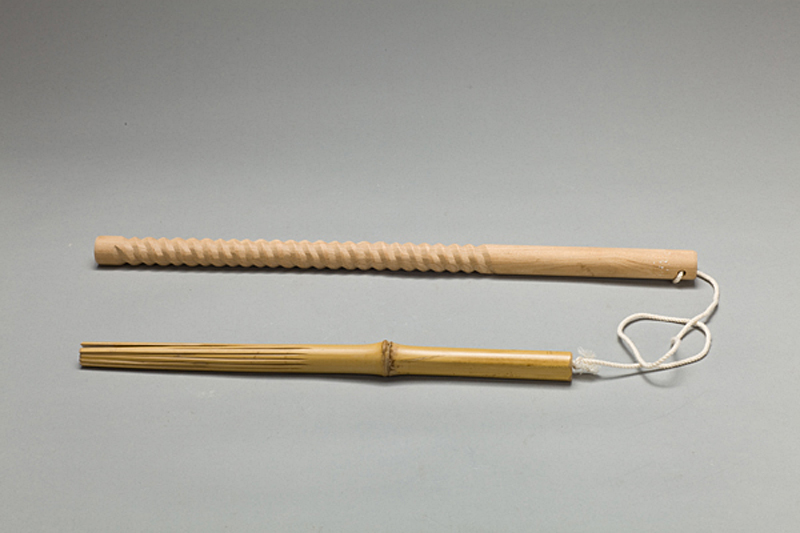
© Kyoto University of Education "All Right Tools"
Many of the three lions dances that are passed down in various regions of the Tokyo metropolitan area were introduced by people who came from Edo during the Edo period. It is unknown when and where it was introduced to Edo, but according to one theory, the popular dance (fuyu dance) featuring three lions dancing in Kyoto was introduced to Kanto (Edo) from around the Muromachi period to the beginning of the Edo period, and it became very popular and spread to the metropolitan area and elsewhere. The dance was brought to Akita Prefecture by a coincidence of the lord's country change, which is interesting.


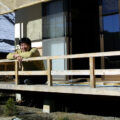


![[Akita's Sasara Dance: Part 1] The roots of "Sasara Dance"? The hints are "lion dance" and "sasara" Changzhou Shimo-Godō Sasarak 1_Noshiro City](https://jp.neft.asia/wp-content/uploads/2025/05/2470809d4123e66248db3432333759c1-150x150.jpg)
![The Tozawa clan, which first owned the Senboku Kakunodate, rose to the lord of the Shinjo domain, and was the winner of the daimyo [Senboku City highlights 1] Samurai Mansion Cherry Blossoms_Tazawako Kakunodate Tourist Association](https://jp.neft.asia/wp-content/uploads/2025/07/3fef851952b498c8632b4304dc38a889-150x150.jpg)
![[Yamagata and Akita Edition] Valuable ancient martial arts from the six Tohoku prefectures! What are the unique techniques still handed down today? Old-style martial arts (Yamagata and Akita edition)](https://jp.neft.asia/wp-content/uploads/2025/10/koryu03-150x150.jpg)
![Tiger Dance of Fires | Traditional performing arts with the wish to protect the town from strong winds and fires [Miyagi Prefecture] Firebird Dance](https://jp.neft.asia/wp-content/uploads/2025/05/IMG_2811-1-1-150x150.jpg)
![What is deer dance? Learn more about the features and episodes that make dancing even more fun [Iwate Prefecture] Iwate Deer Dance](https://jp.neft.asia/wp-content/uploads/2022/04/46b3524a61cc57f7edbc8357ee7921d5-1200x799-1-150x150.webp)
![Date and the Southern folk entertainment "Shika Dance" | Local report on Sasara Hall's closure project [Iwate Prefecture] deer dance](https://jp.neft.asia/wp-content/uploads/2025/03/IMG_20752-EDIT-150x150.jpg)
![Hyakujiu Group Dance Photo Report (2025.04.26: Hidaka Fire Prevention Festival) [Oshu City, Iwate Prefecture] Hyakudou Group Dance (16)](https://jp.neft.asia/wp-content/uploads/2025/04/IMG_2690-EDIT-150x150.jpg)
![[Semboku City, Akita Prefecture] It's best to see both the man-made autumn leaves of Kakunodate and the natural autumn leaves of Dakigaeri Valley. Higashishorakucho_Semboku City](https://jp.neft.asia/wp-content/uploads/2025/08/c70a99377a4bb64de3c1f83babf0ea49-150x150.jpg)
